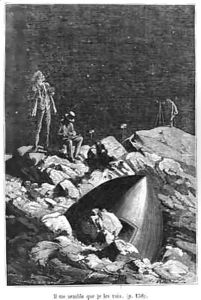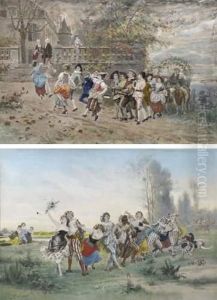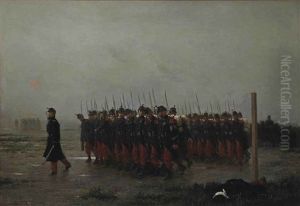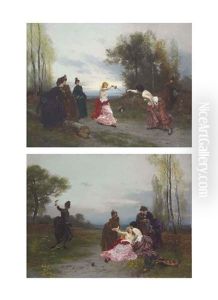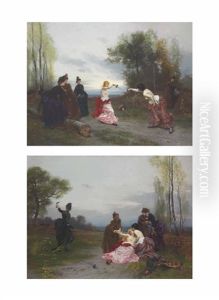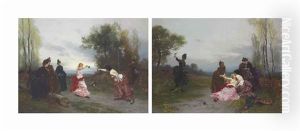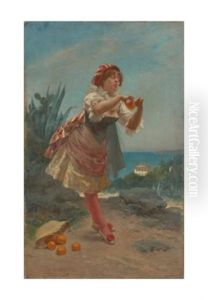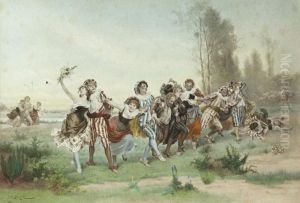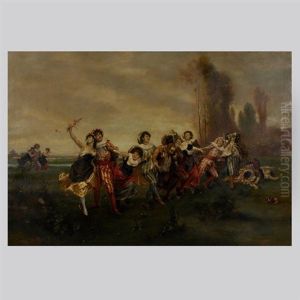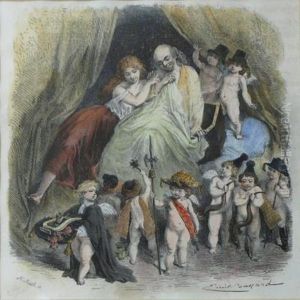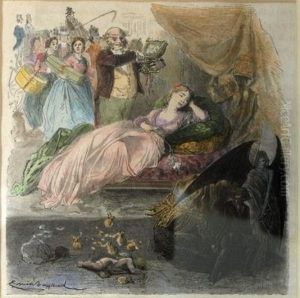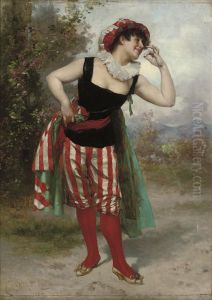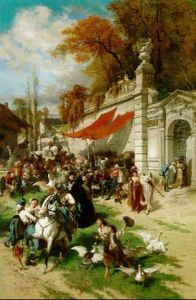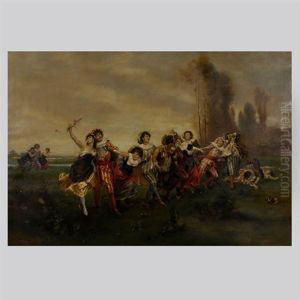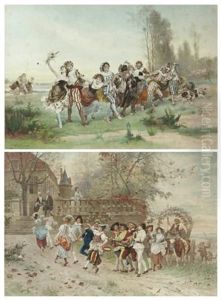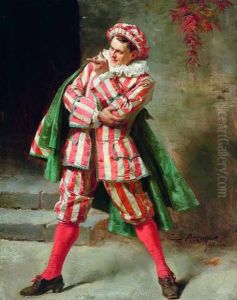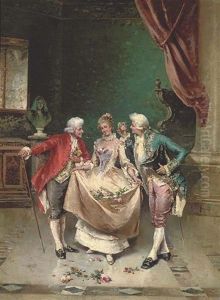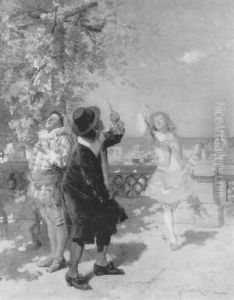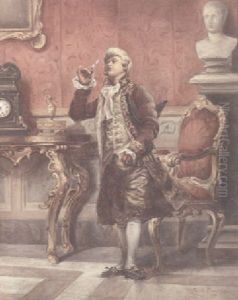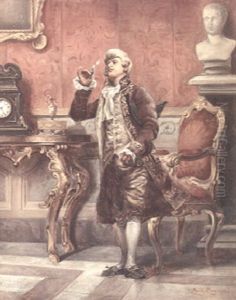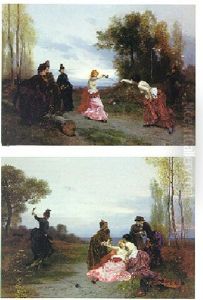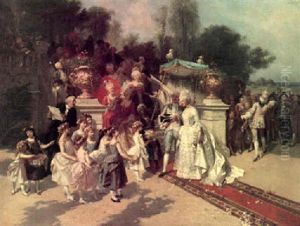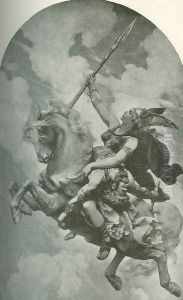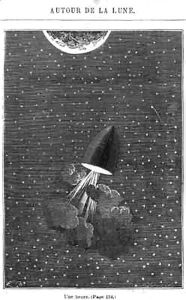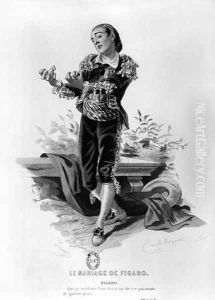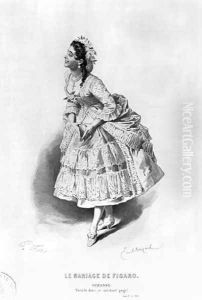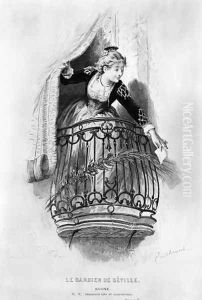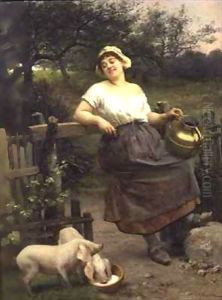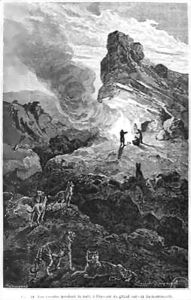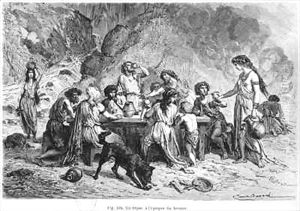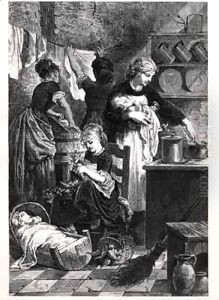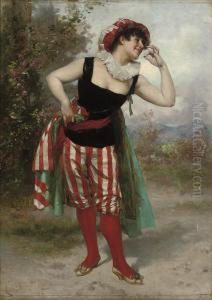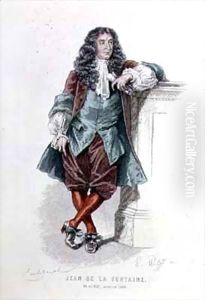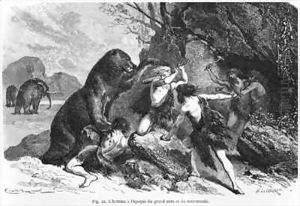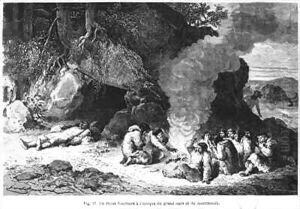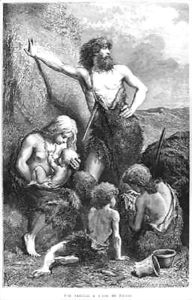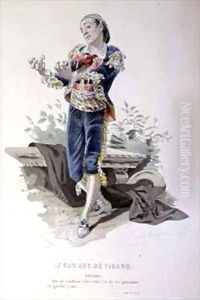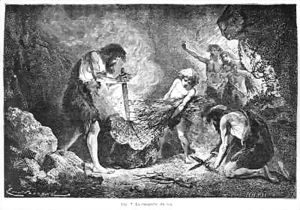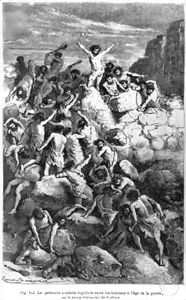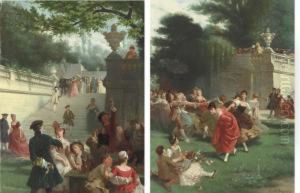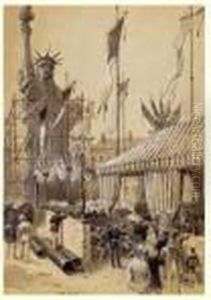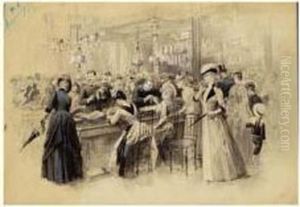Emile Antoine Bayard Paintings
Emile Antoine Bayard was a French illustrator, painter, and lithographer, known for his contributions to the popular 19th-century illustrated press and his work in children's literature. Born on November 2, 1837, in La Ferté-sous-Jouarre, Seine-et-Marne, France, Bayard started his artistic career at a young age under the guidance of his uncle, the painter Antoine Monton.
Bayard quickly became a prolific artist, gaining recognition for his ability to depict a variety of subjects with precision and emotion. He contributed to numerous periodicals, such as L'Illustration and Le Monde illustré, which were among the most significant publications during that era. His illustrations covered a wide range of topics, including scenes from contemporary life, historical events, and literary works.
One of Bayard's most famous contributions to the world of art and literature was his illustration of Cosette from Victor Hugo's novel 'Les Misérables.' His iconic image of the character, often referred to as 'Cosette sweeping,' became so popular that it is still closely associated with the story today. This illustration was pivotal for the novel's reception and helped to cement its place as a classic in world literature.
Apart from 'Les Misérables,' Bayard also illustrated other literary works, including 'Voyage autour de mon jardin' by Alphonse Karr, and 'Histoire d'un conscrit de 1813' by Erckmann-Chatrian. He was also known for his historical paintings and was commissioned to produce works for various institutions, including the Panthéon in Paris.
Despite his success as an illustrator, Bayard was also an accomplished painter and lithographer. His paintings often depicted rural landscapes and scenes of daily life, showcasing his keen observation skills and his ability to render light and atmosphere.
Bayard's contributions to art were cut short when he died on December 6, 1891, at the age of 54. Despite his relatively short life, his work left a lasting impact on the field of illustration and continues to be celebrated for its detail, expressiveness, and historical significance.


